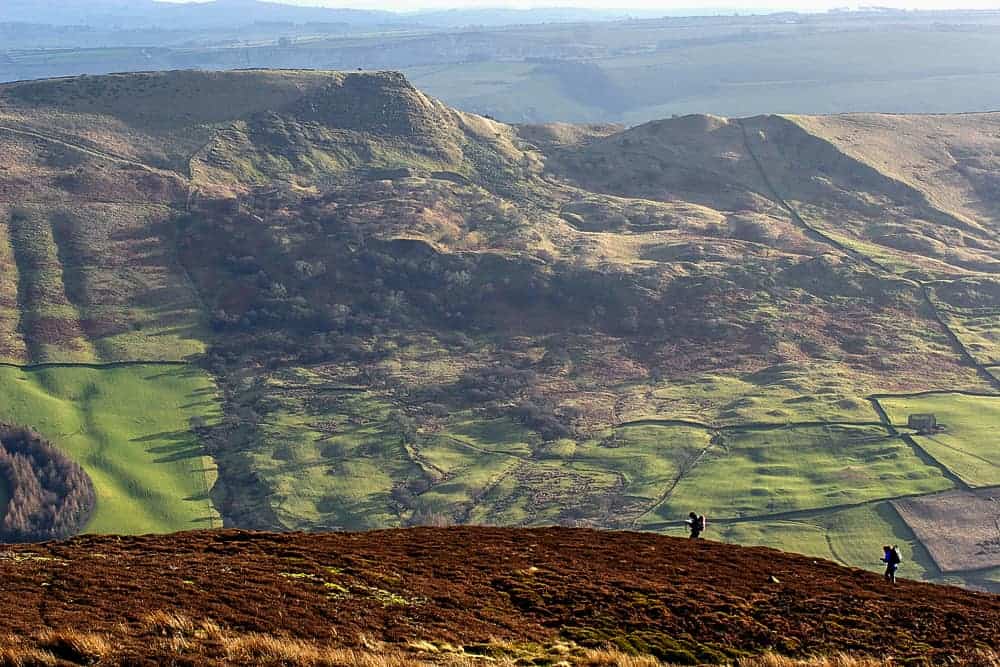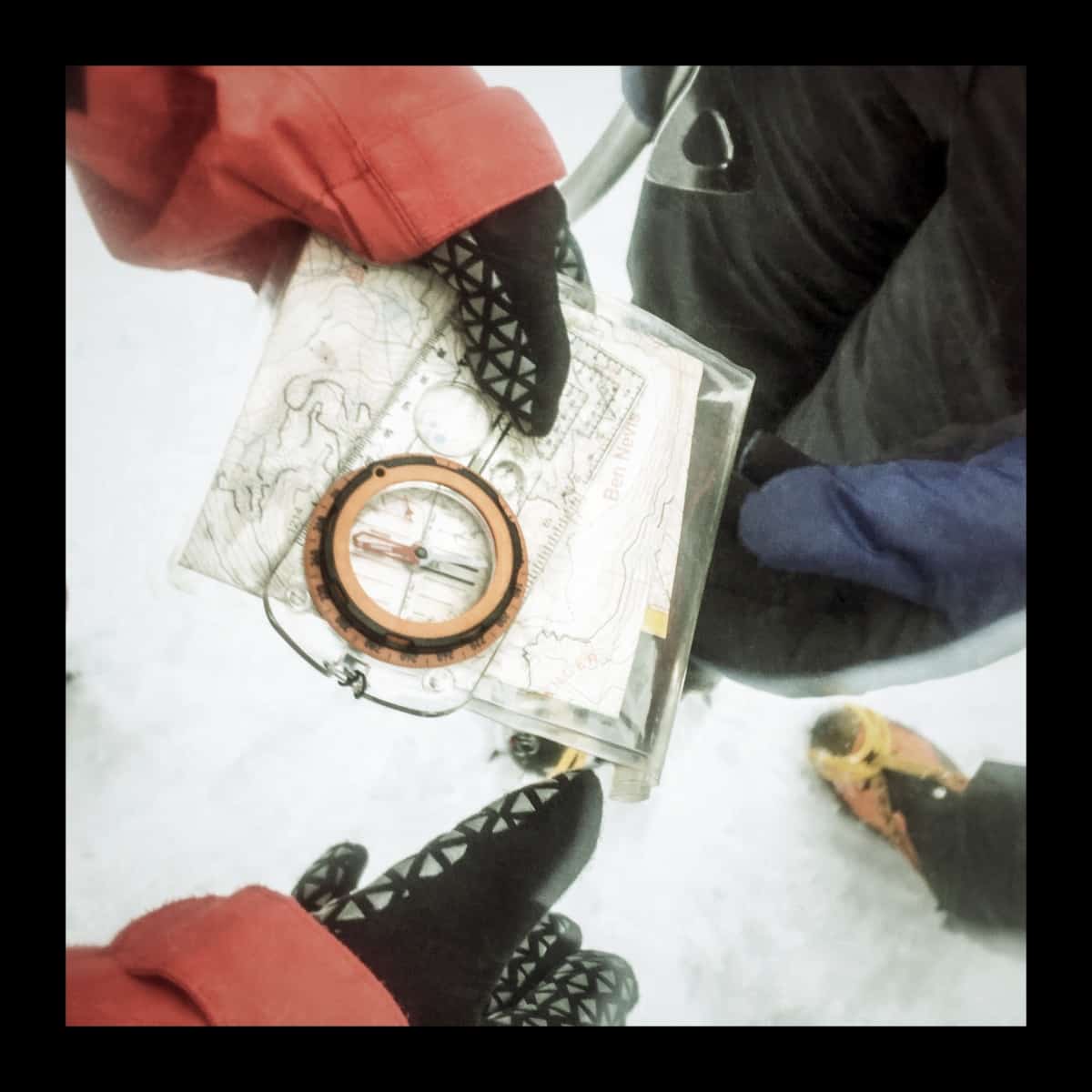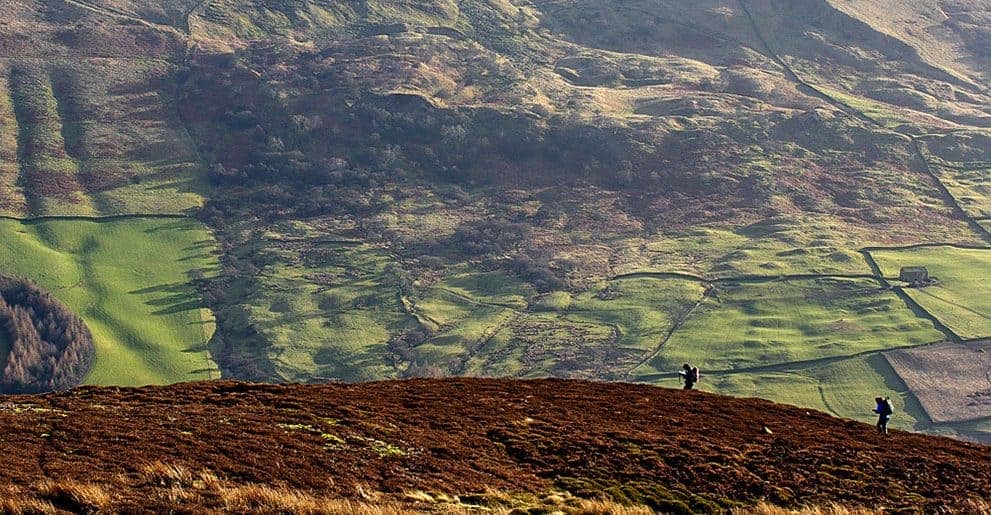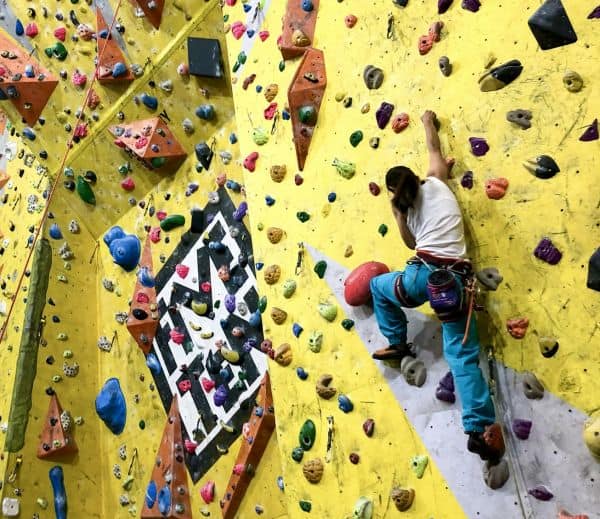The BMC participation statements is on the wall in the climbing wall, their insurance is advertised in the magazines, they make the occasional comical viral video and they’re even talking about bank holiday congestion on the BBC.
For many climbers, hillwalkers and scramblers, it can feel like that’s the extent of their relationship with the British Mountaineering Council, but you’d be surprised to find out just how relevant they are to our day-to-day leisure activities (or vocations, as some of us think of it).
Who are the BMC? What can they do for you? And finally, how can you get involved?

A bit of history…
Back in the 19th century, Alpinism had forged a path into the UK’s hills and mountains and the early mountaineering clubs were formed. At this time the Alpine Club had assumed the role of a national representative for climbers and mountaineers.
However, whilst these clubs were wholly appropriate for the needs of those with a strong Alpinism backgrounds, in the 1920s and 1930s a new breed of outdoor leisure enthusiasts had found their way into the hills. Inspired by the likes of Mallory, Tilman and Shipton, these participants were often inexperienced with little-to-no understanding of safe techniques, ethical practices and established traditions. The need for easily accessible training, information and opportunities was born, which is where the BMC came in.
For the full story, visit the BMC’s history page.
So do they do for us as hillwalkers, climbers and mountaineers?
Usually when we think of the BMC, we think of their website. It’s a veritable hub for the climbing community with videos ranging from comical to highly instructional, articles debating ethics or sharing good practice, the Regional Access Database (RAD), and information about events, meets and clubs across the UK.
However, there’s a lot more going on behind the scenes that has a huge impact on your excursions into the hills and mountains…
Access and conservation
This is arguably some of the most important work overseen by the BMC. Increasingly we’re heading outside on our days off, so we’re having a bigger impact on the environment with litter, congestion, erosion or parking. We often take access to the outdoors for granted, so it’s easy to forget that there are people fighting for it on our behalf.
In addition to work undertaken by BMC officers to negotiate access with landowners, the BMC’s specialist Access Management Group direct their access and conservation efforts.
This group of BMC specialist volunteers and staff members are involved with anything from lobbying for access and running campaigns like Mend our Mountains to assessing how Brexit will affect our outdoor recreation and advising on good practices when in the hills and mountains. As a result, hillwalkers, climbers and mountaineers can continue to frequent beautiful places.
For more on what they’re are working on, read this AMG behind the scenes article.
Ethics and style
Why can we bolt limestone in the Peak District but not grit? How come there are bolted and unequipped routes at Stoney? Like many sports, climbing is heavily influenced by age-old traditions and ethics and there are some incredibly diverse (and strong) opinions about. How do we decide what to do with crags? Through the BMC Area Meetings, those invested in their region’s mountains and crags can have a say in local practices.
The meets are a forum where local hillwalkers, climbers and mountaineers can discuss and influence policies in their own areas – from fixed equipment to parking restrictions and the reintroduction of native species. They ensure that decisions are made on a consensus basis and that the well-being of the crag or mountain is considered above anything else.
Area meetings are open to all members, check your BMC Area site for your next meeting.

Safety, training and advice
True to their original purpose, the BMC continues share advice and expertise with mountaineers, hillwalkers and climbers.
Technology has certainly come on since their first handbook in the 40s – ‘Climbing in Britain’ by J Barford – and the BMC nows share their knowledge with free instructional videos and articles online.
For those looking for more hands-on advice, the BMC has this covered too. Whilst their training division – Mountain Training UK – ensures good practice and safety in a more formal setting, the BMC are instrumental in providing training in less formal environments – be it student clubs, mountaineering clubs and youth groups.
And for individuals looking to develop their skills, the BMC offer courses, workshops and lectures on anything from navigation to winter and rock skills. The idea is to make hillwalking, mountaineering and climbing more accessible to new or aspiring practitioners, and many are subsidised in partnership in the Association of Mountaineering Instructors (AMI).
At Beyond the Edge we offer BMC subsidised courses in Yorkshire and Peak District, visit our BMC Club Courses page for more info.
Is BMC membership obligatory?
BMC members benefits from public liability insurance, personal accident insurance, reduced rates in Alpine huts, the BMC’s Summit magazine… the list goes on. Above all, they strives to make climbing, hill walking and mountaineering as inclusive as possible without detracting from the freedom experience in the hills. This means you’re not obliged to join the BMC (unless instructing others) but they’re there for you when you need them, which is always good to know.
Beyond the Edge Ltd is based in Sheffield two hours by train from London and within easy travelling distance from Manchester, Leeds, Nottingham and other Northern towns and cities.
We are one of the UKs most experienced providers of climbing, walking, scrambling, mountaineering and navigation training courses.
Most of our courses are run in the nearby Peak District National Park which has some of the finest climbing, bouldering, walking and hiking in the world.





